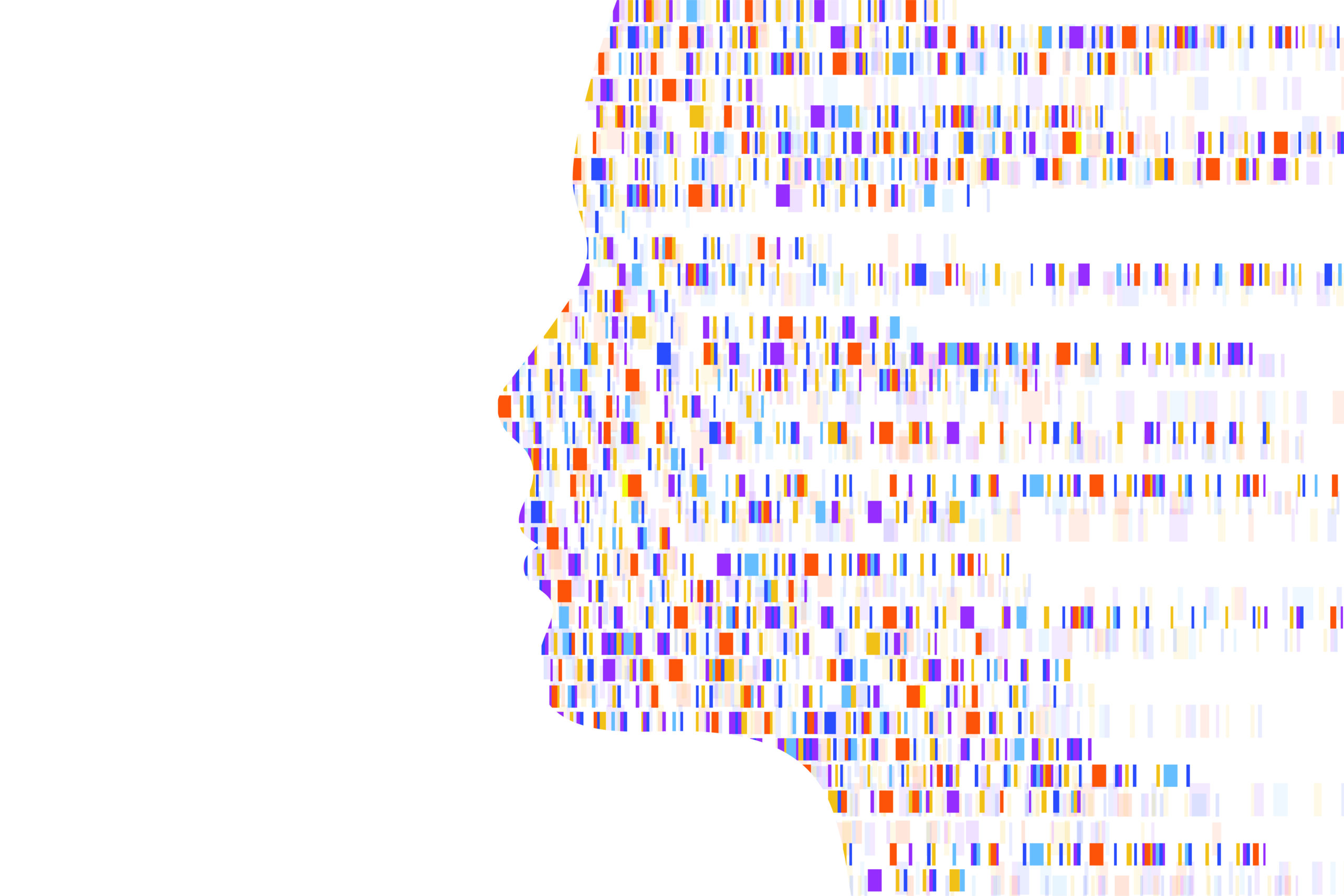by Florence Murray of Murray & Murray
With a rise in the number of deaths of professional football players has come a steady growth of awareness of a brain condition known as CTE (chronic traumatic encephalopathy), a neurodegenerative disease characterized by changes in thinking, mood or behavior that progresses over time and, in severe cases, leads to dementia.
It used to be that a concussion was “just a concussion,” a blow to the head that resulted in a few days’ rest. However, given the deaths of high-profile football players, such as Hall of Famer Junior Seau, who took his own life, the National Football League is finally taking such situations more seriously.
With this, the general public is now more aware of CTE and the other activities that could be related (due to repetitive concussions)—including soccer, basketball, wrestling and baseball, as well as from repetitive brain trauma, such as that experienced by soldiers returning from war.
Previously, the belief had been that a person without lasting symptoms could be cleared to play again fairly quickly after a concussion. However, we now know that the brain does not heal as quickly as initially believed. Nowadays, a series of cognitive tests must be given—with time between each—to ensure that an athlete is truly ready to return to play.
Unfortunately, for some, this new information has come too late.
Is it in the Genes?
At this point, no known genetic factor could cause some individuals to develop CTE. There has been recent speculation—based on a small 2018 study of only 86 Caucasian American football players, on whom autopsies were conducted—that there may be a gene that protects some players from developing the same degree of CTE or dementia.
However, many red flags arise when trying to take that information to determine who might be affected, even after years of concussive blows to the head.
The most significant limitation of this research is the lack of a control group. In addition, the autopsies were also limited to players whose surviving families agreed to participate.
As such, the results were more likely to be from families who had seen traits that worried them and knew to ask for an autopsy. Beyond those concerns, however, is that the variation in the TMEM106B gene in question, rs3173615(G), which is relatively common even though it is a minor allele, is only correlated to a “somewhat less neuroinflammation and an increase synaptic protein density.”
In lay terms, it found a little less swelling in the tissue in the central nervous system and less ability for brain signals to be received. Scientists only noted this difference in players whose autopsies were positive for CTE.
In other words, there was no decreased likelihood of developing CTE even if the variation was present, but the symptoms were less severe.
Boston University found a genetic predisposition based on the apolipoprotein E (APOE) gene, which comes in several variations—one of which is the APOE4 allele. The study found that having APOE4 made patients 2.34 times more likely to develop severe CTE.
Among people with Alzheimer’s, 40% have this variation on autopsy. Still, the link is also questionable because autopsies of these brains demonstrated greater amyloid beta plaques than those found in any of the CTE autopsies.








Leave A Comment